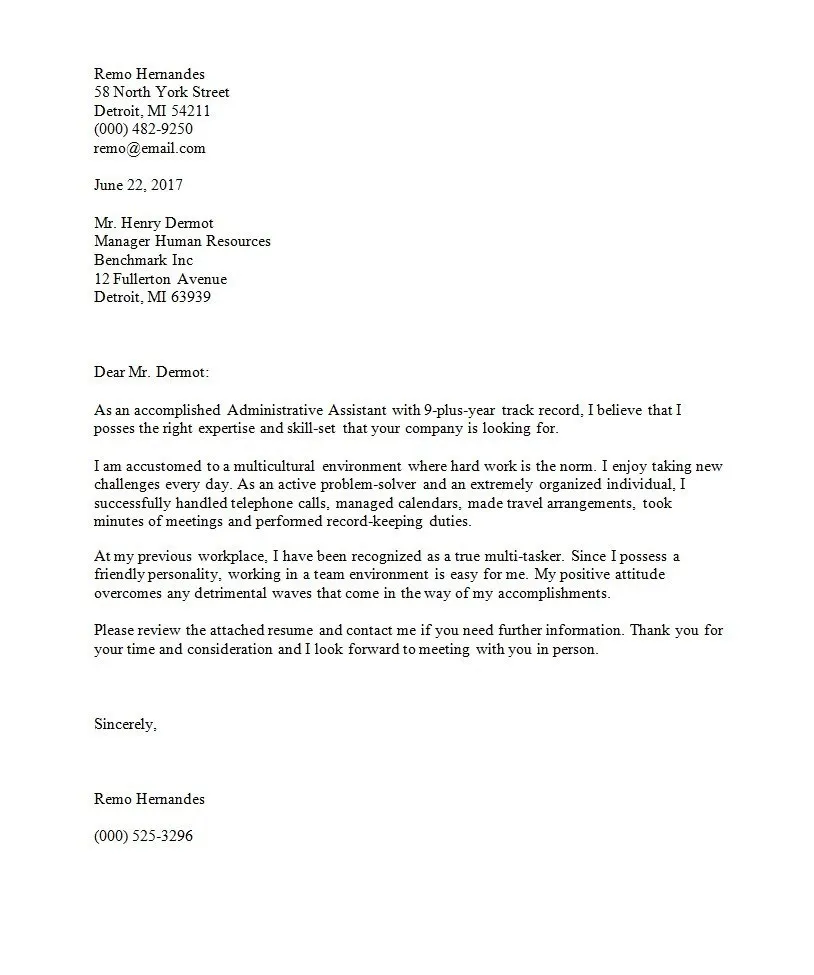What is a Cover Letter (and Why You Need One)
A cover letter is a crucial document accompanying your resume when applying for jobs. It serves as your first introduction to a potential employer, providing a snapshot of your skills, experience, and personality. Unlike a resume, which lists facts and figures, a cover letter allows you to narrate your career story, explain why you’re interested in the specific role, and highlight how your qualifications align with the company’s needs. In today’s competitive job market, a well-crafted cover letter can significantly increase your chances of landing an interview. It is your opportunity to make a strong first impression and distinguish yourself from other candidates.
The Importance of a Cover Letter
The importance of a cover letter extends beyond simply fulfilling a requirement. It offers a platform to showcase your communication skills, demonstrate your understanding of the job requirements, and express your genuine interest in the opportunity. A compelling cover letter can capture an employer’s attention and persuade them to delve deeper into your resume. It allows you to provide context to your resume, elaborate on your accomplishments, and explain any career gaps or unusual circumstances. Moreover, a well-written cover letter demonstrates your professionalism, attention to detail, and commitment to the application process, all of which are highly valued by employers.
Cover Letter vs Resume
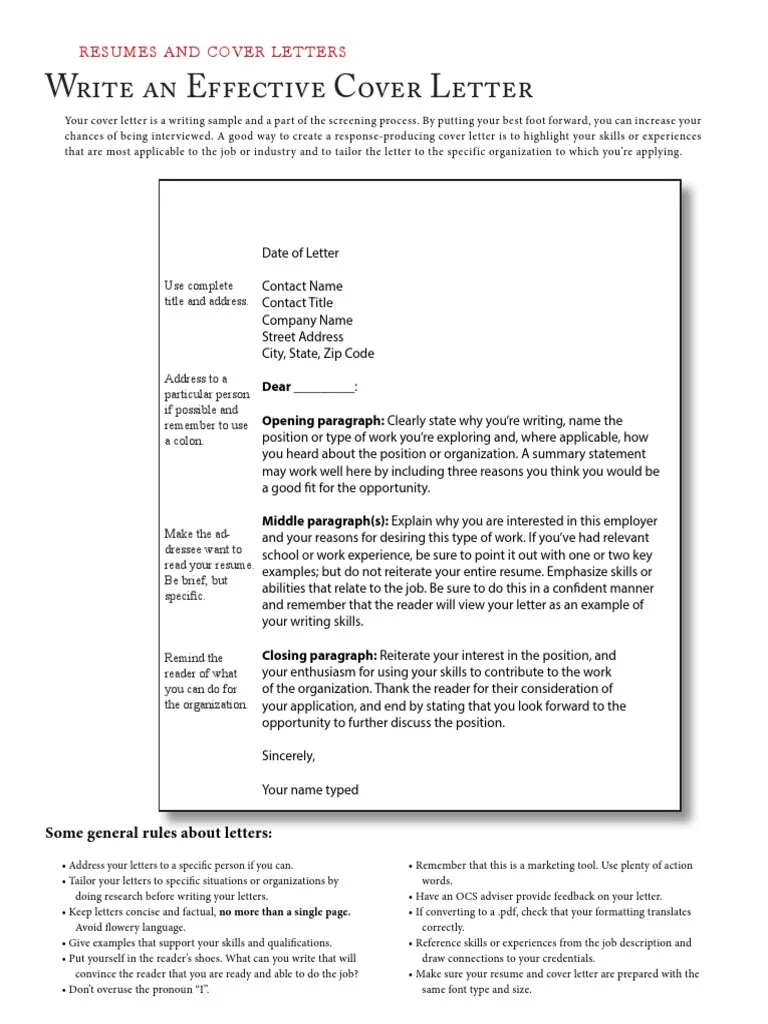
While both cover letters and resumes are essential components of a job application, they serve different purposes. The resume provides a concise summary of your work experience, skills, education, and accomplishments. It’s a factual document designed to quickly inform employers about your qualifications. The cover letter, on the other hand, is a more personalized document. It provides an opportunity to explain why you are a good fit for the specific role and company. Think of your resume as the ‘what’ - what you’ve done - and your cover letter as the ‘why’ - why you’re the best candidate and why you want the job. The image below shows how the documents differ.
How to Structure Your Cover Letter
A well-structured cover letter is easy to read and makes a strong impact. The standard format includes these key elements.
Your Contact Information
Start with your contact information at the top: your name, address, phone number, and email address. Ensure these details are current and professional.
The Salutation
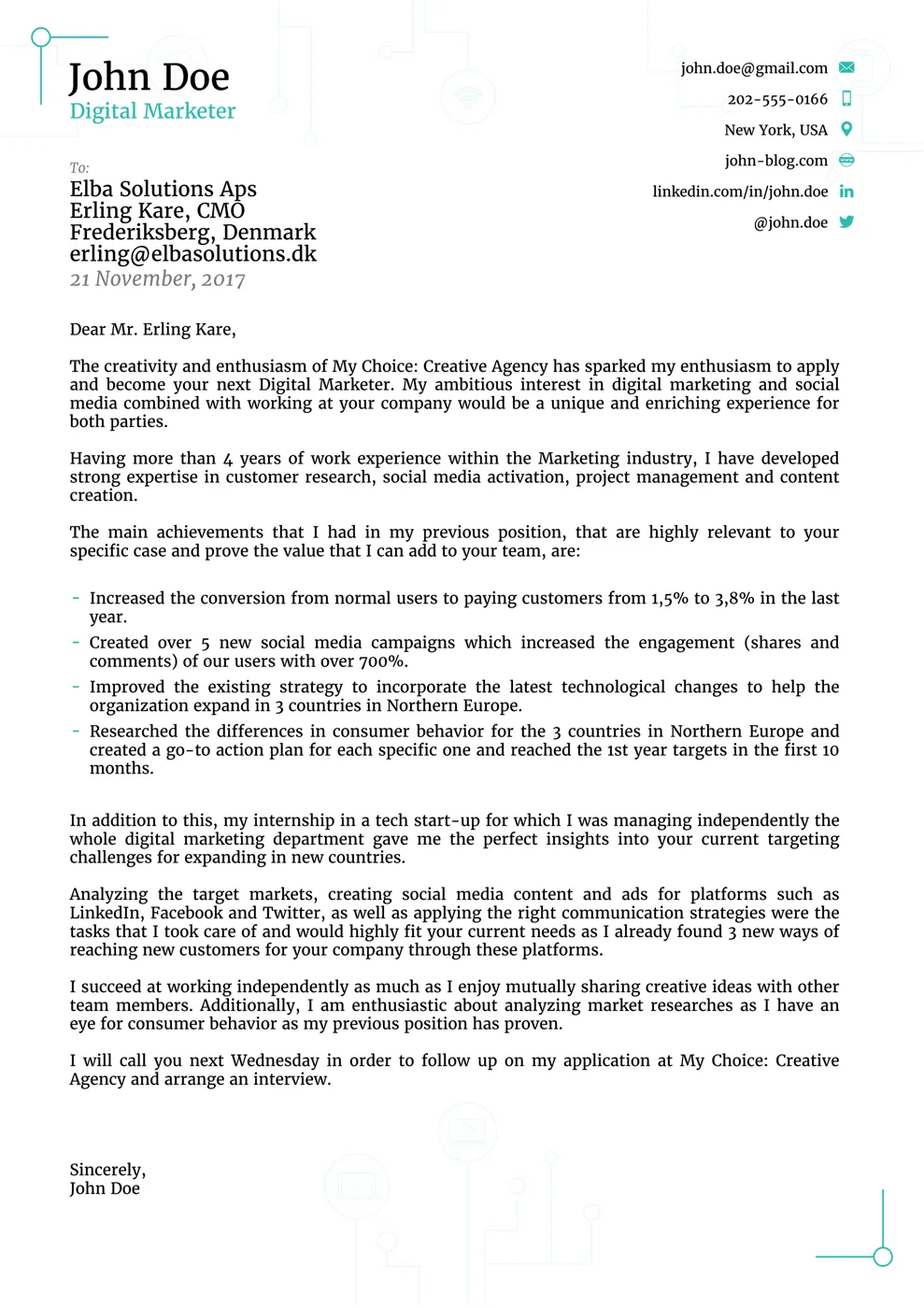
Address the hiring manager by name, if possible. Research the company to find the correct name. If you can’t find a name, use a general greeting like ‘Dear Hiring Manager.’
The Opening Paragraph
Immediately state the position you’re applying for and how you found the job. Briefly mention why you’re interested in the role and the company. Make it compelling to grab the reader’s attention.
Why You’re a Great Fit
This is the main body of your letter. Explain why you are the best candidate for the job. Use specific examples and highlight relevant skills and experiences from your resume. Focus on what you can bring to the company. Show genuine interest in the position.
Highlight Your Skills
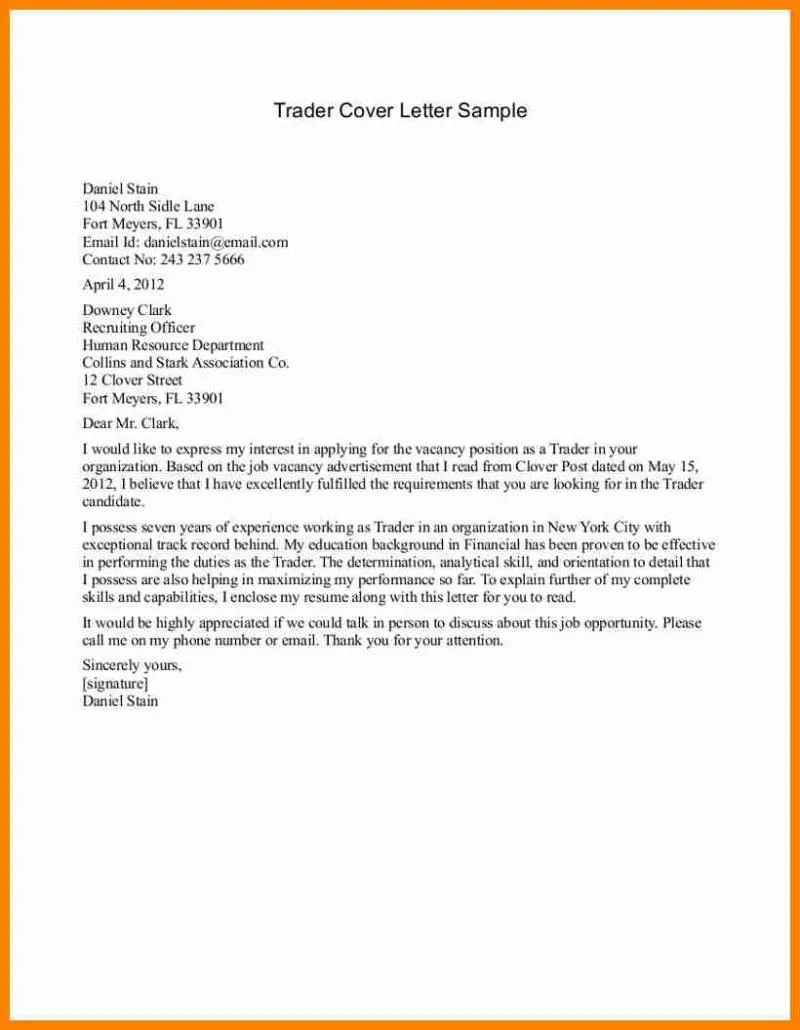
Focus on key skills required for the job. Provide concrete examples of how you have used these skills in previous roles or projects. Quantify your accomplishments whenever possible. What problems did you solve? What did you achieve?
Showcase Your Achievements
Don’t just list your responsibilities; highlight your achievements. Use the STAR method (Situation, Task, Action, Result) to explain how you handled a specific challenge and what the outcome was. This demonstrates your value to potential employers.
Address the Employer’s Needs
Explain how your skills and experience align with the employer’s needs and the job requirements. Research the company and tailor your letter to reflect your understanding of their goals and values. Show that you understand the company’s goals and how you can contribute to them.
The Closing Paragraph
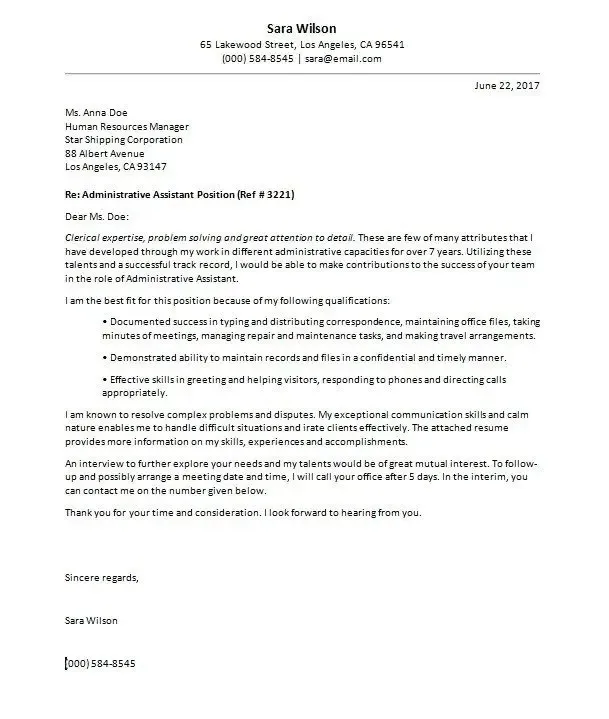
Summarize your interest in the position and reiterate your key qualifications. Include a call to action.
Express Your Enthusiasm
Convey your genuine enthusiasm for the opportunity and the company. Show that you’re excited about the prospect of joining their team. Passion goes a long way!
Call to Action
End with a clear call to action, such as ‘I am eager to discuss my qualifications further in an interview.’ Provide your contact information again and thank the hiring manager for their time and consideration.
Proofread and Edit Your Letter
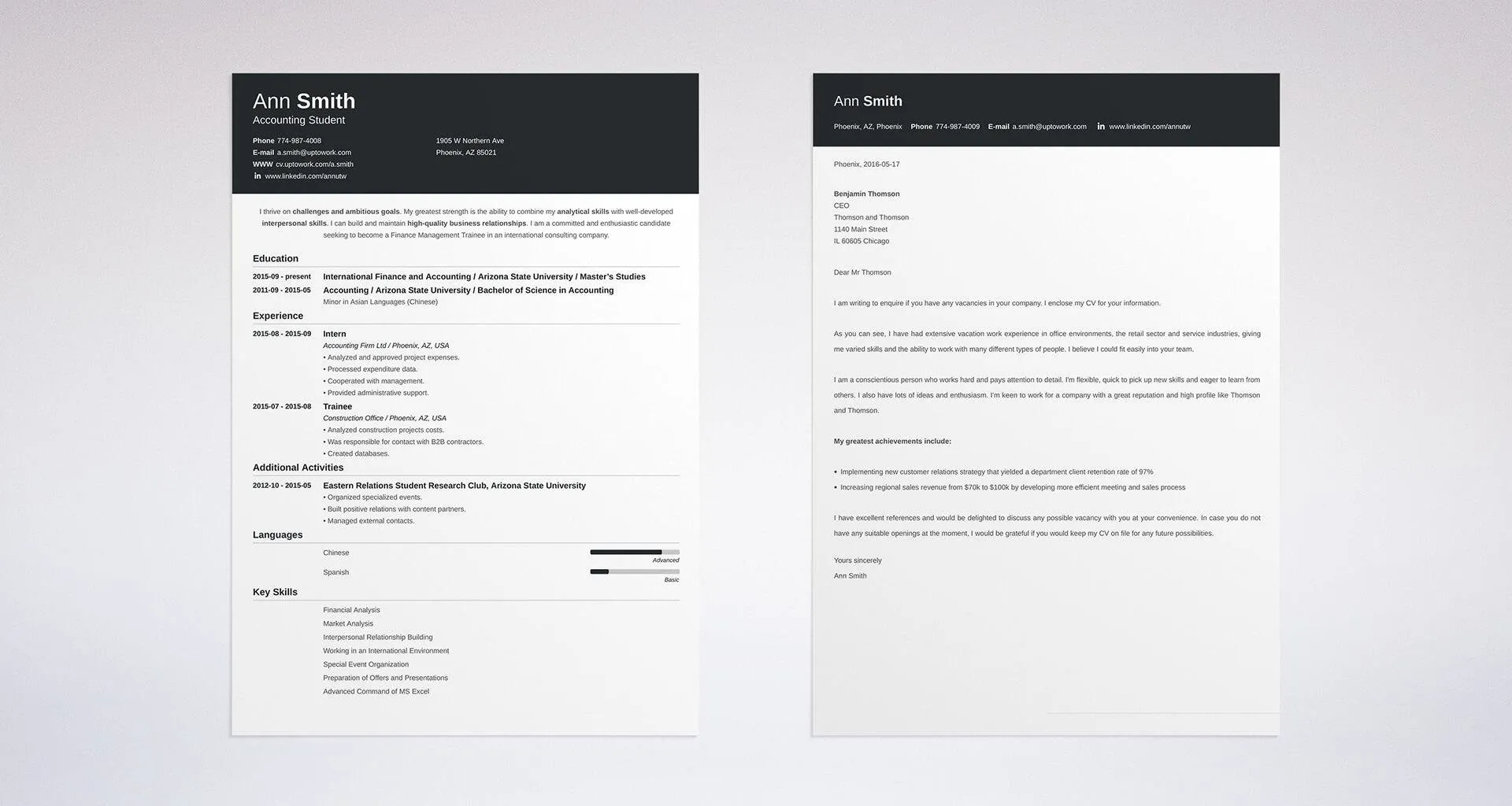
Before you send your cover letter, carefully proofread it for any errors in grammar, spelling, and punctuation. Read it aloud to catch any awkward phrasing. Ask a friend or family member to review it as well. A polished cover letter shows professionalism and attention to detail.
Tips for a Perfect Cover Letter
To make your cover letter stand out, consider these helpful tips.
Tailor Your Letter to Each Job
Never send a generic cover letter. Customize each letter to match the specific job description and the company’s values. Show that you’ve researched the company and understand their needs.
Use Action Verbs

Start your sentences with strong action verbs to grab the reader’s attention and describe your accomplishments effectively. For example, use ‘Managed,’ ‘Developed,’ ‘Implemented,’ or ‘Achieved’ instead of passive phrases.
Keep it Concise
Aim for one page. Be clear, concise, and get straight to the point. Use strong, impactful language to convey your message.
Proofread, Proofread, Proofread
Always proofread your cover letter multiple times to catch any errors in grammar, spelling, or punctuation. Mistakes can undermine your credibility.
Common Cover Letter Mistakes
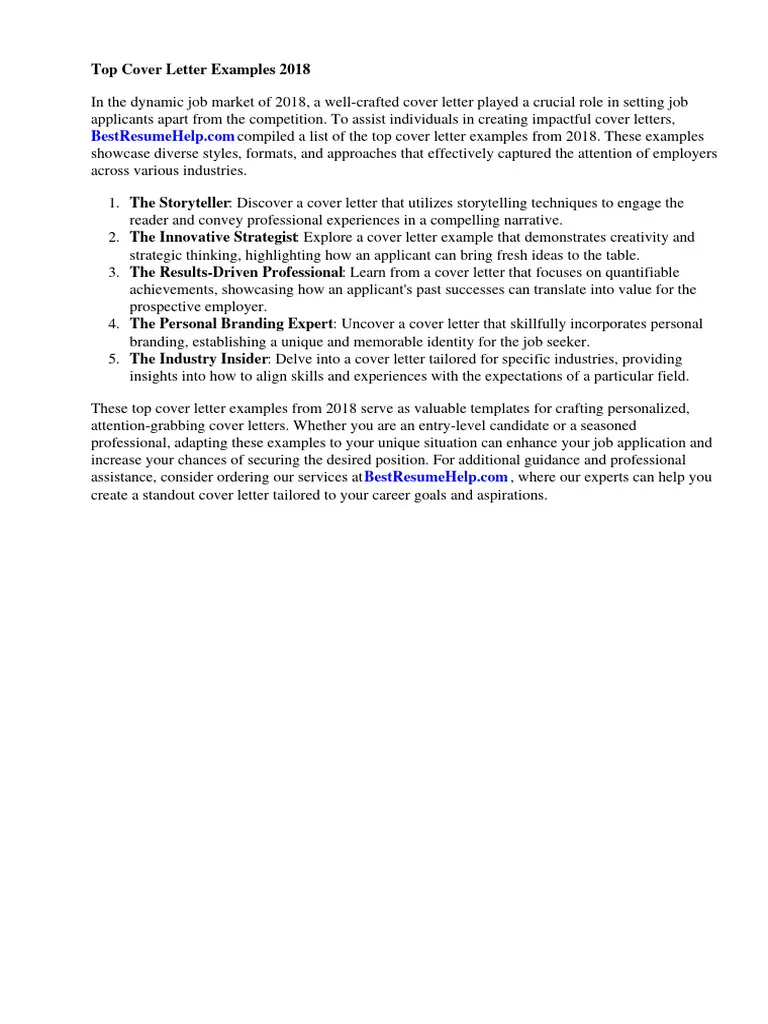
Avoid these common mistakes that can hurt your chances.
Generic Greetings
Avoid using generic greetings like ‘To Whom It May Concern.’ Always try to find the hiring manager’s name and address them directly.
Focusing on Yourself Too Much
Focus on what you can do for the company, not just on your own needs or desires. Frame your accomplishments in terms of their benefit to the employer.
Typos and Grammatical Errors
Typos and grammatical errors create a negative impression. Always proofread carefully or have someone else review your letter.
Sending a Generic Cover Letter
Avoid sending the same cover letter to every job. Tailor each letter to the specific job and company.
Cover Letter Examples to Inspire You
Here are examples to get you started.
Example 1: Recent Graduate
A recent graduate should focus on their education, internships, and any relevant projects or volunteer work. Highlight transferable skills and express enthusiasm for starting their career.
Example 2: Career Changer
A career changer should emphasize their transferable skills and explain why they’re interested in the new field. Highlight relevant experiences and training, and explain why they’re making the switch.
Example 3: Experienced Professional
An experienced professional should showcase their accomplishments and expertise. Highlight their ability to solve problems, lead teams, and contribute to the company’s success. Quantify achievements with data and results whenever possible.
Final Thoughts
Writing a compelling cover letter is an essential skill for any job seeker. By following these guidelines and tailoring your letter to each opportunity, you can significantly increase your chances of landing an interview. Remember to focus on the employer’s needs, showcase your relevant skills and achievements, and express your genuine enthusiasm for the role. Good luck!
